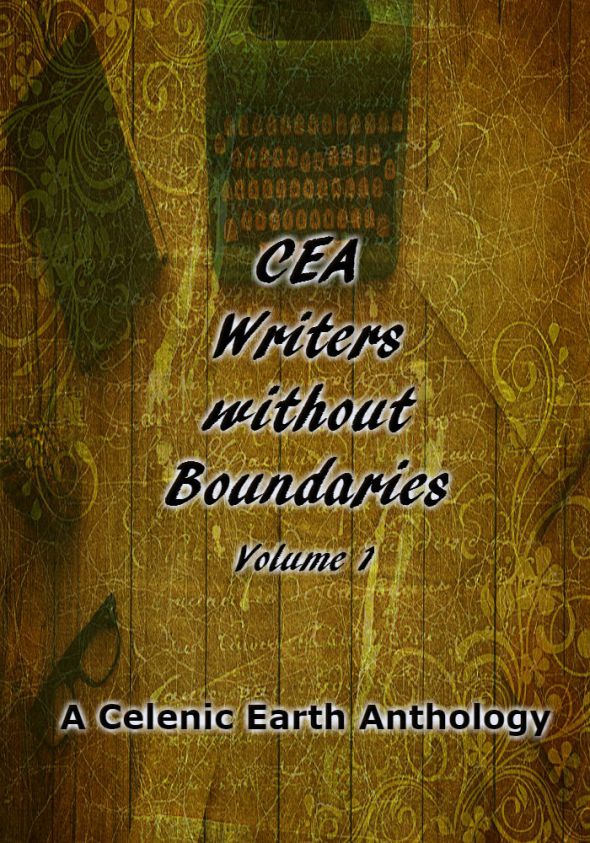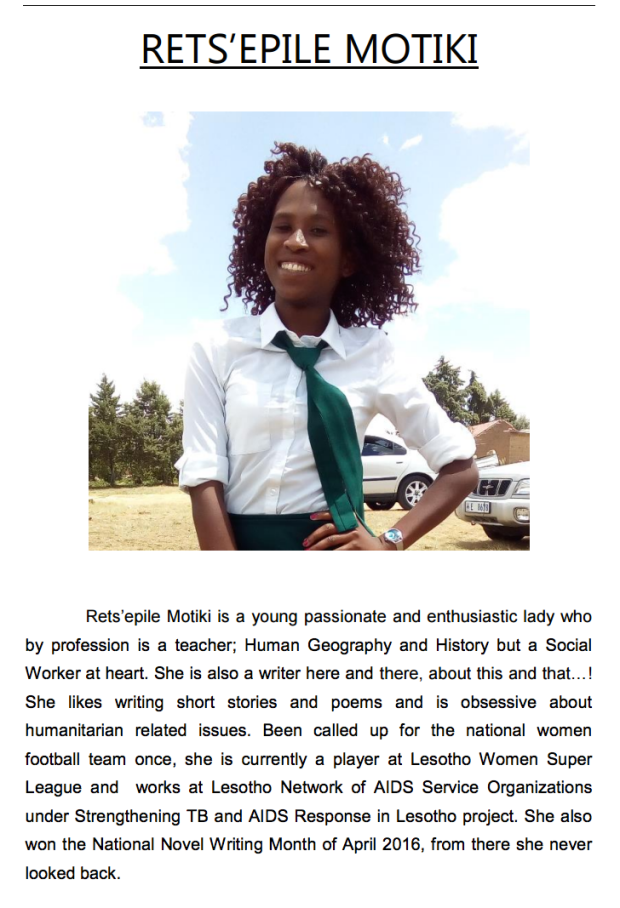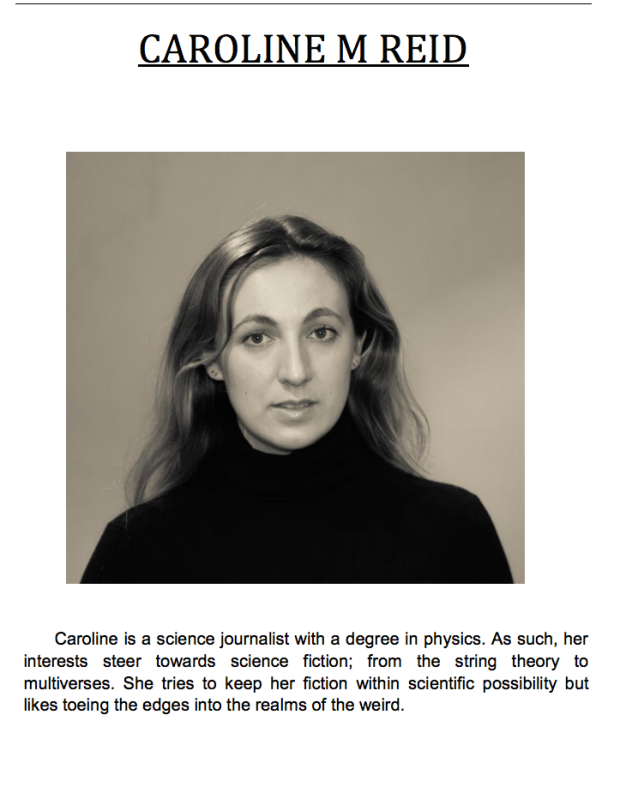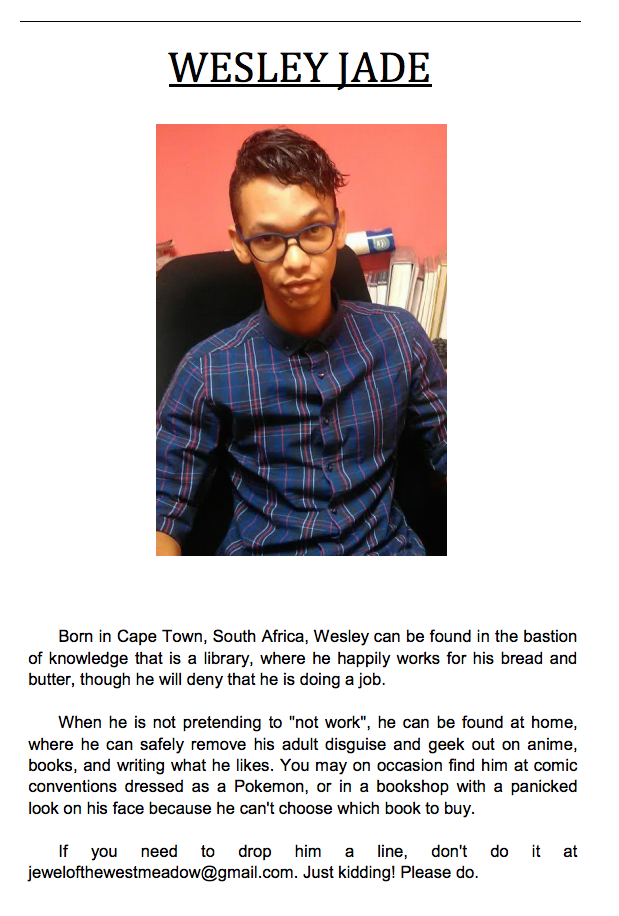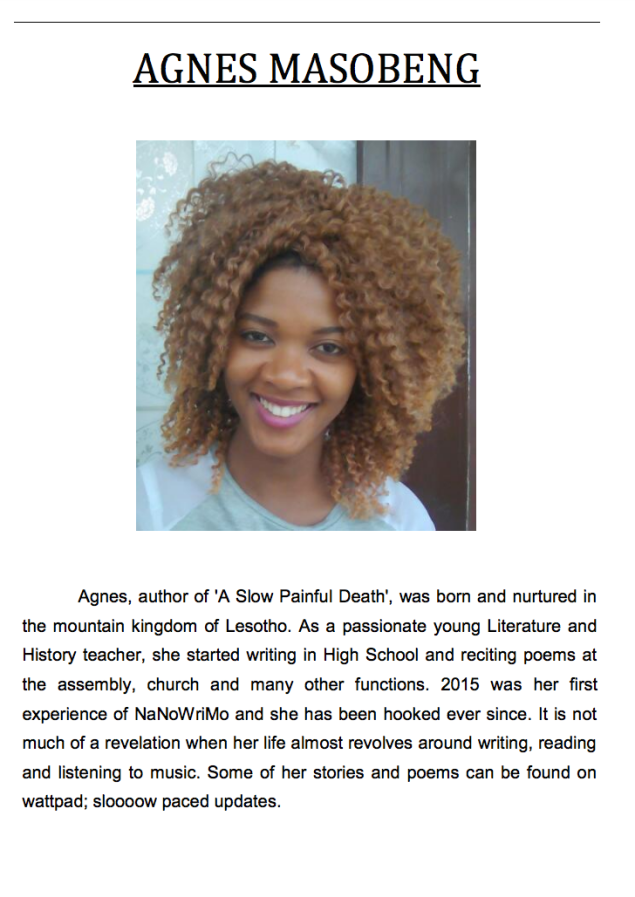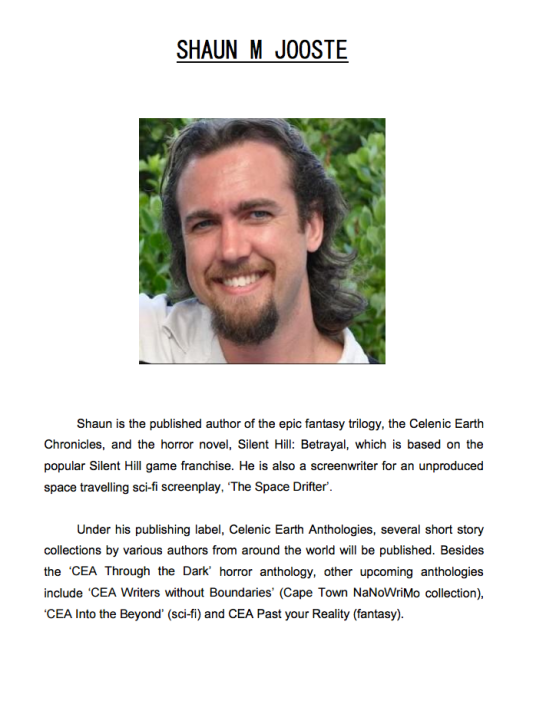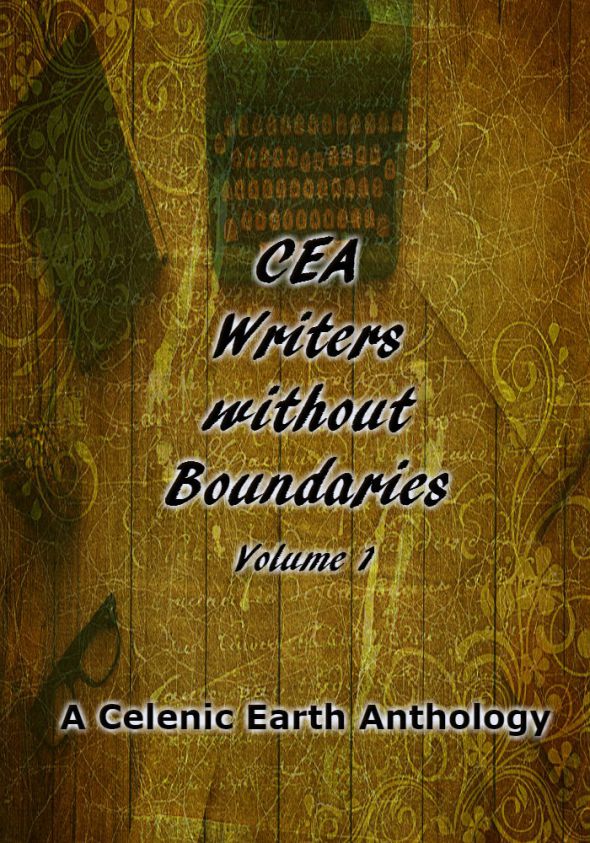CEA Writers without Boundaries, the debut volume for the general fiction anthology from Celenic Earth Publications has been released, and along with that comes stories to exciting, scare and thrill you.
Seven writers and myself from the National Novel Writing Month (NaNoWriMo) group in the Western Cape Region have been hard at work putting stories together for you to enjoy.
For the next few days, I’ll be revealing the short interviews that I had with the writers of each story to give more insight into not only their story but the writers themselves.
Next up we have Fiona Tanzer and Shameez Patel Papathanasiou:
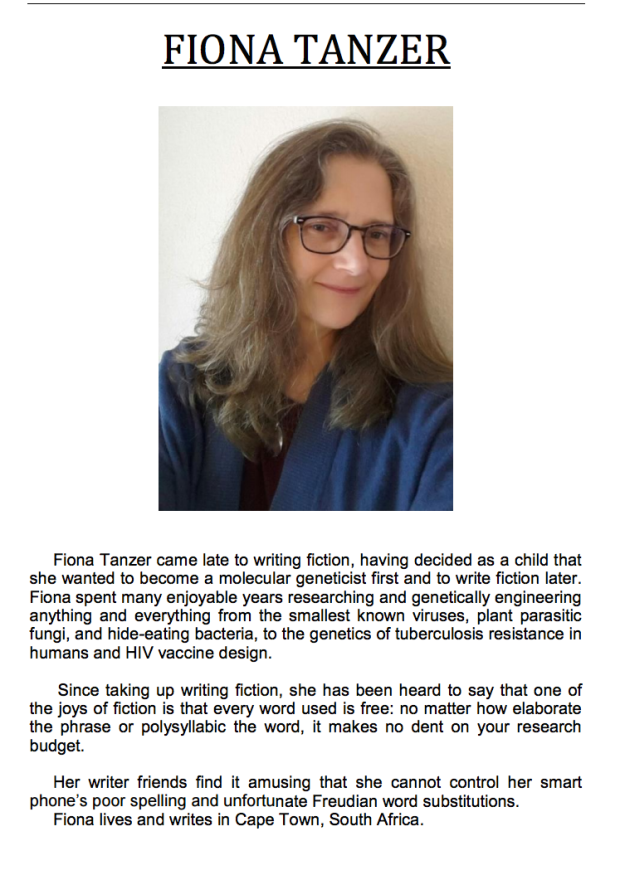
The Smell of Roasting Meat
by Fiona Tanzer
Question: What did you enjoy about writing it?
Fiona: I enjoyed having this story just flowing out and onto the page quickly and without a great deal of conscious thought. I suppose that this is because the story premise comes from my long-standing fascination with people’s beliefs (ever since I can remember!) and something that I have frequently ruminated over for many years.
Q: How did the inspiration for your story come about?
Fiona: My inspiration was in one sense my abiding interest in how would a person’s beliefs appear in practice? – and in the more immediate sense, the title phrase just popped into my mind one day and sparked my thoughts on people’s beliefs – and I just sat down to write without any planning.
Q: What do you want people to take away from it? If there is anything you want to get across?
Fiona: I would like people to take away from my story the reality that whoever we are as people, we all share the same love of family and care for one another, however different our beliefs may appear on the surface. After all, we developed our beliefs and practices ultimately as a sign of our spiritual care for one another.
Q: What was the most challenging aspect of the process?
Fiona: The most challenging aspect in this case was the notion that I am writing about another cultural belief system and while I believe that I have done so respectfully, I hope it came across well. I also wanted to make the story general to Africa rather than particular to one specific locality in South Africa, and to give no indication of historical period so that the generality of the belief system comes through. I chose my characters’ names according to names that I happened to like – but unwittingly I chose names from different traditional groupings in Southern Africa. Ms Masobeng pointed this out to me (for which I am grateful) and I gave it some more thought but decided in the end to keep the different names in token of the intended generality of this belief system. So the name choice ended up adding to the story theme. Obviously, it would have been too much of a stretch to use East and West African names as well.
Q: Anything else you’d like readers to know?
Fiona: I’ve chosen the story to be loosely set in Southern Africa because that is where I live and have grown up, but the basics of this old traditional spiritual belief system in Southern Africa is shared not only throughout much of the rest of Africa, but indeed throughout most of the rest of the world at one time and another – both today and throughout history. And that, I find fascinating.
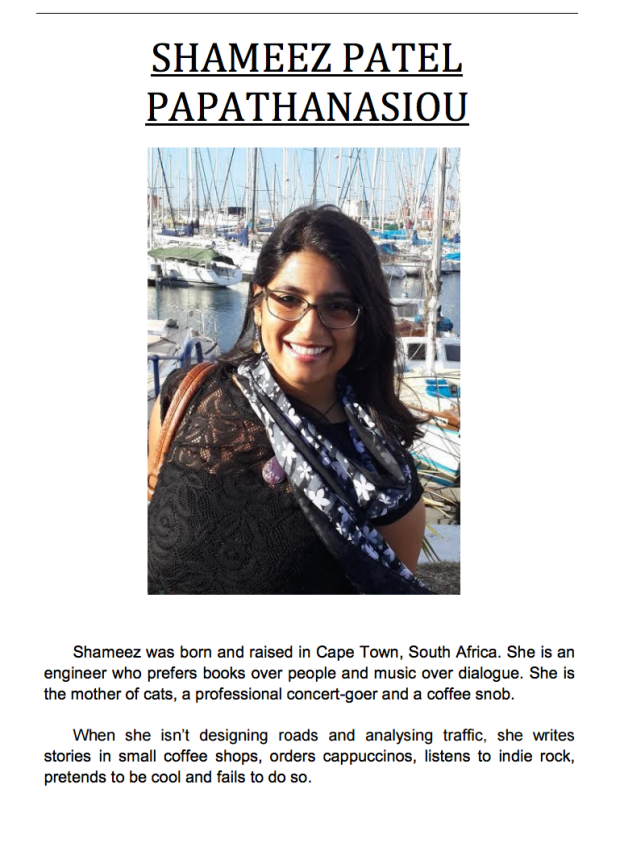
In.Hold.Out
by Shameez Patel Papathanasiou
Question: What did you enjoy about writing it?
Shameez: I love writing about smart, strong women
Q: How did the inspiration for your story come about?
Shameez: I have experienced the anxiety of having an intruder in my house and it was a different situation, but inspired it nonetheless
Q: What do you want people to take away from it? If there is anything you want to get across?
Shameez: Someone, somewhere will read your story and enjoy it. If you don’t, that’s okay too
Q: What was the most challenging aspect of the process?
Shameez: My story is anxiety-inducing and I am easily frightened, so basically, I frightened myself
Q: Anything else you’d like readers to know?
Shameez: Keep writing, regardless of recognition and money, as long as you enjoy your own work
If you would like a copy of CEA Writers without Boundaries, then click here.
